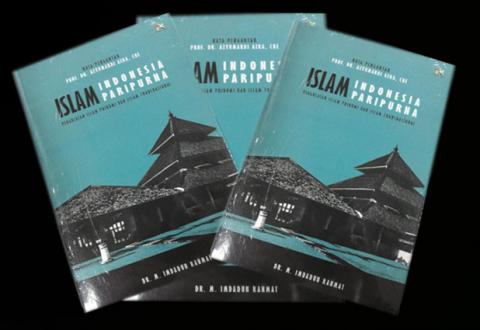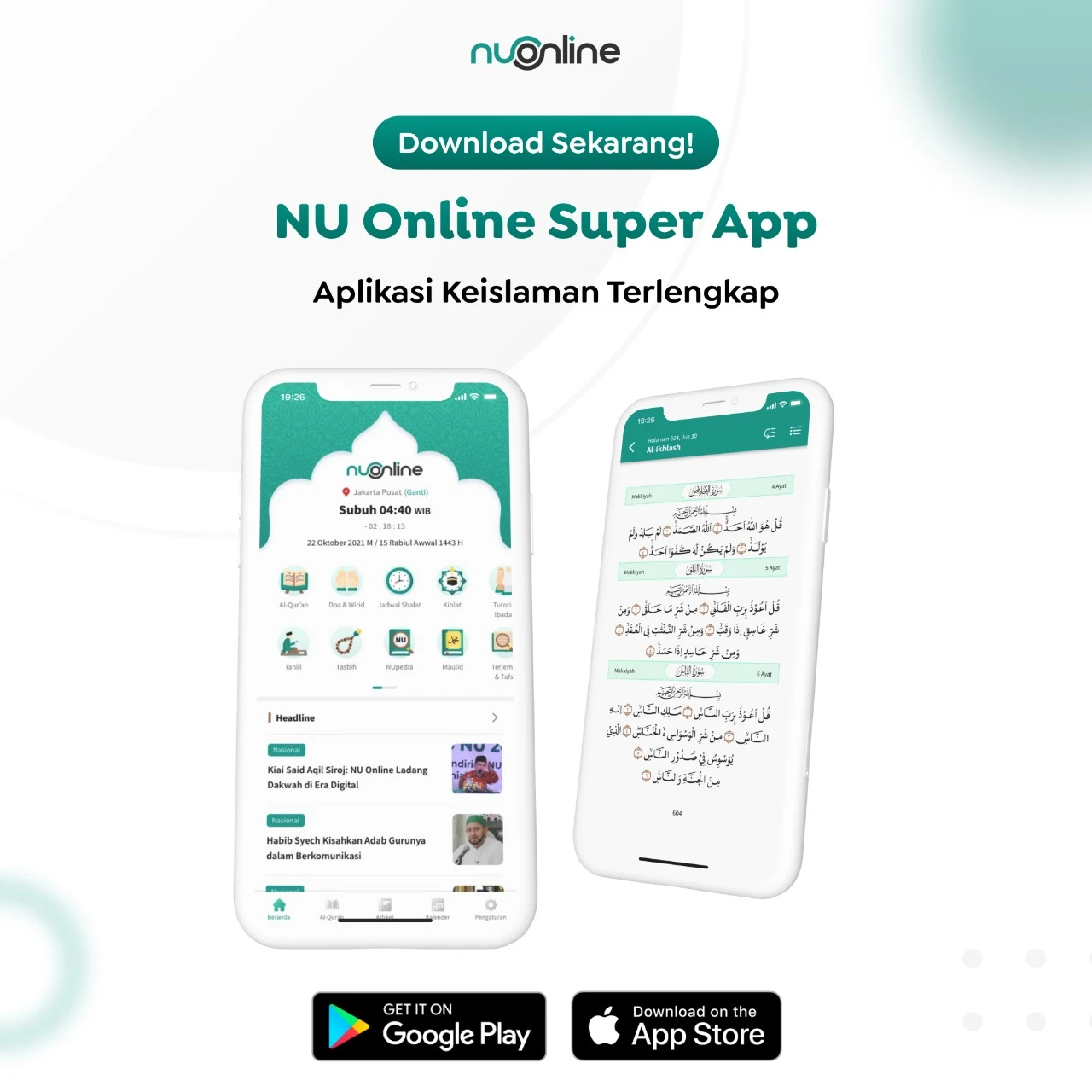"In contrast, Indonesian Islam, Islam and local culture are in a position of mutual giving and receiving, which remains based on Islamic values, resulting in a form of Islam characterized by Indonesia. (P. 386)
Indonesian Muslims are so far considered not total adherence to Islam (kaffah) for still doing such practices as innovation (bid'ah), superstition (khurafat), and other un-Islamic influences and traditions instead of materializing the Islamic law as a whole. In addition, Indonesian Islam is also regarded as peripheral and impure or authentic because religion and culture are 'so inherent.' with one another.
Then, what matters is the so-called Islam kaffah or rahmatan lil 'alamin what does it look like? All must answer that Islam kaffah or rahmatan lil 'alamin is Islam as practiced by the Prophet Muhammad. Then, the raising question is that; What kind of Islam as practiced by the Prophet Muhammad? On this stan, Muslims are divided into two groups: textualist and substantialist.
Textualist groups consider that Islam kaffah or rahmatan lil 'alamin is Islam which only refers to the Qur'an and Hadith in literally understanding. The substantialist groups consider that Islam kaffah or rahmatan lil 'alamin is Islam which refers not only to the Qur'an and Hadith an sich, but also ulema consensus (ijma'), qiyas, and so so on. This understanding of the substantialists related to the Qur'an and Hadith is contextual, seen from the so-called asbabun nuzul and asbabul wurud.
Islam Indonesia Islam Paripurna: Pergulatan Islam Pribumi dan Islam Transnational is a response to the truth and completeness of the practice of Islam in Indonesia. This emerged since the mid-1980s and has continued to grow till now.
Islamic groups questioning the 'legitimacy' - even thinking it as illegitimate - Indonesian Islam comes from outside. So it is widely known as the transnational Islamic movements such as Salafi-Wahabi, Hizbut Tahrir, Tarbiyah Movement, and so on. Meanwhile, Islam developed in Indonesia and already 'mixed' with local cultures with all its uniqueness is known as Indonesian Islam or Islam Nusantara. Each has different typologies and characteristics as explained in this book.
From the beginning to the middle, the book seeks to explore how the ideology, religious, social, and political views and the strategy of transnational Islamic groups could emerge in the country. And how it affects the life and religiusity of Indonesian society.
Meanwhile, from the middle to the end, the book discusses more about indigenous Islam, Islam Indonesia which is in this case 'represented' by Nahdlatul Ulama (NU) as an Islamic mass organization with its largest number of followers in Indonesia. Here, the writer explains how the NU views in the the context of social, political, economic, and cultural, religious, statehood, nationality, and Indonesianness. This section also explains how NU's attitude towards the transnational Islamic movements.
Each topic is reviewed comprehensively and is rich in references. For example in the Manifesto Gerakan Islam Transnasional, transnational Islamic movements are reviewed one by one briefly but comprehensively: from its purpose, spirit, involvement in politics and social and political vision. Those want to know more about the actions of transnational Islamic movements and the NU views in various aspects- especially nationality and indonesianness - 'concisely' and comprehensively, this is be the answer.
In short, this book would like to emphasize that Indonesian Islam is also Islam kaffah for the Indonesian nation. It is the same as the groups propapagting Islam kaffah. Whereas Islam kaffah which is echoed by transnational Islamic groups is Islam which is also based on cultures, namely local cultures in Middle East countries such as Salafi-Wahabi (Saudi Arabia), Hizb ut-Tahrir (Palestine), Tarbiyah Movement (Egypt), and others.
Book Title: Islam Indonesia, Islam Plenary
Author: DR. M. Imdadun Rahmat
Publisher: Yayasan Omah Aksoro Indonesia
ISBN: 978-602-61550-1-6
Thickness: 400 p
Printed: First, 2017
Reviewer: A Muchlishon Rochmat
Terkait
Terpopuler
1
PBNU Kelompok Sultan Targetkan Percepatan Muktamar dan Gelar Harlah 1 Abad NU
2
Gus Yahya Berangkatkan Tim NU Peduli ke Sumatra untuk Bantu Warga Terdampak Bencana
3
Kronologi Persoalan di PBNU (7): Kelompok Sultan dan Kramat Saling Klaim Keabsahan
4
Majelis Tahkim Khusus, Solusi Memecahkan Sengketa untuk Persoalan di PBNU
5
Penembakan Massal Terjadi di Australia, Seorang Muslim Berhasil Lucuti Pelaku Bersenjata
6
Sehari Galang Donasi, Warga NU Losari Cirebon Kumpulkan Rp37 Juta untuk Korban Bencana Sumatra
Terkini
Lihat Semua


